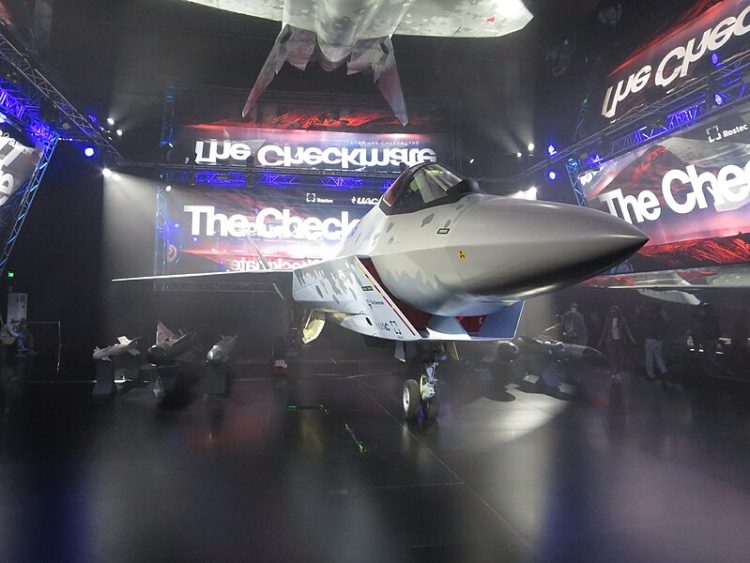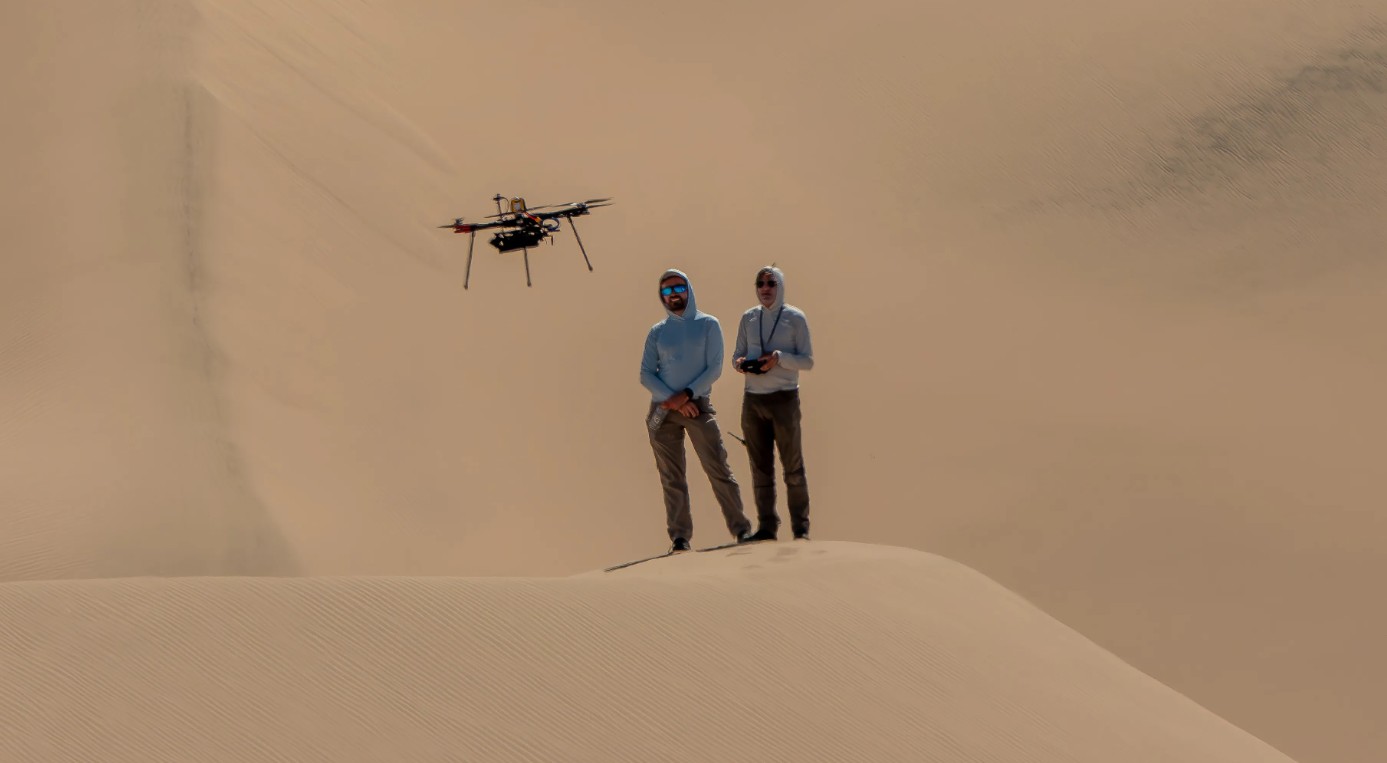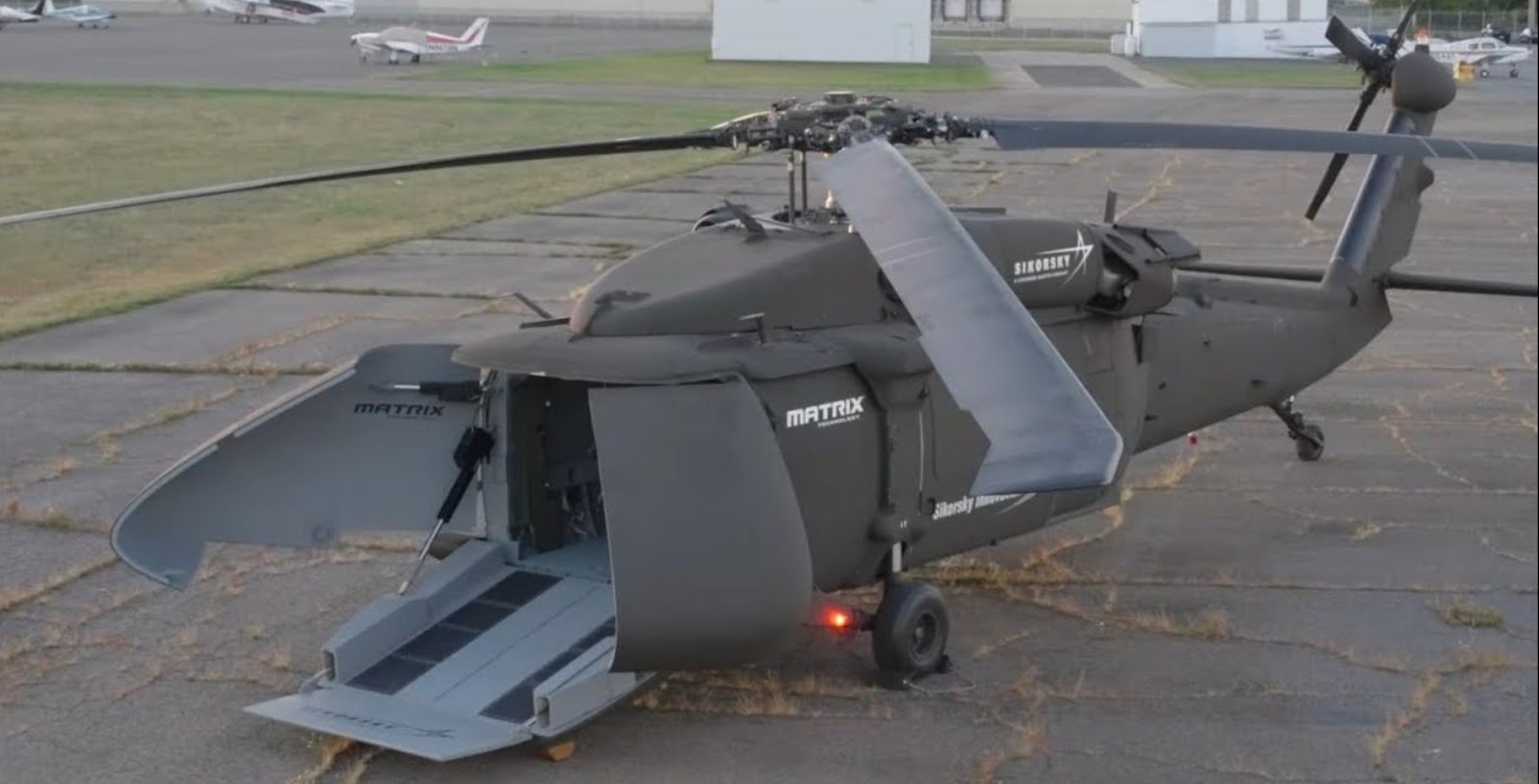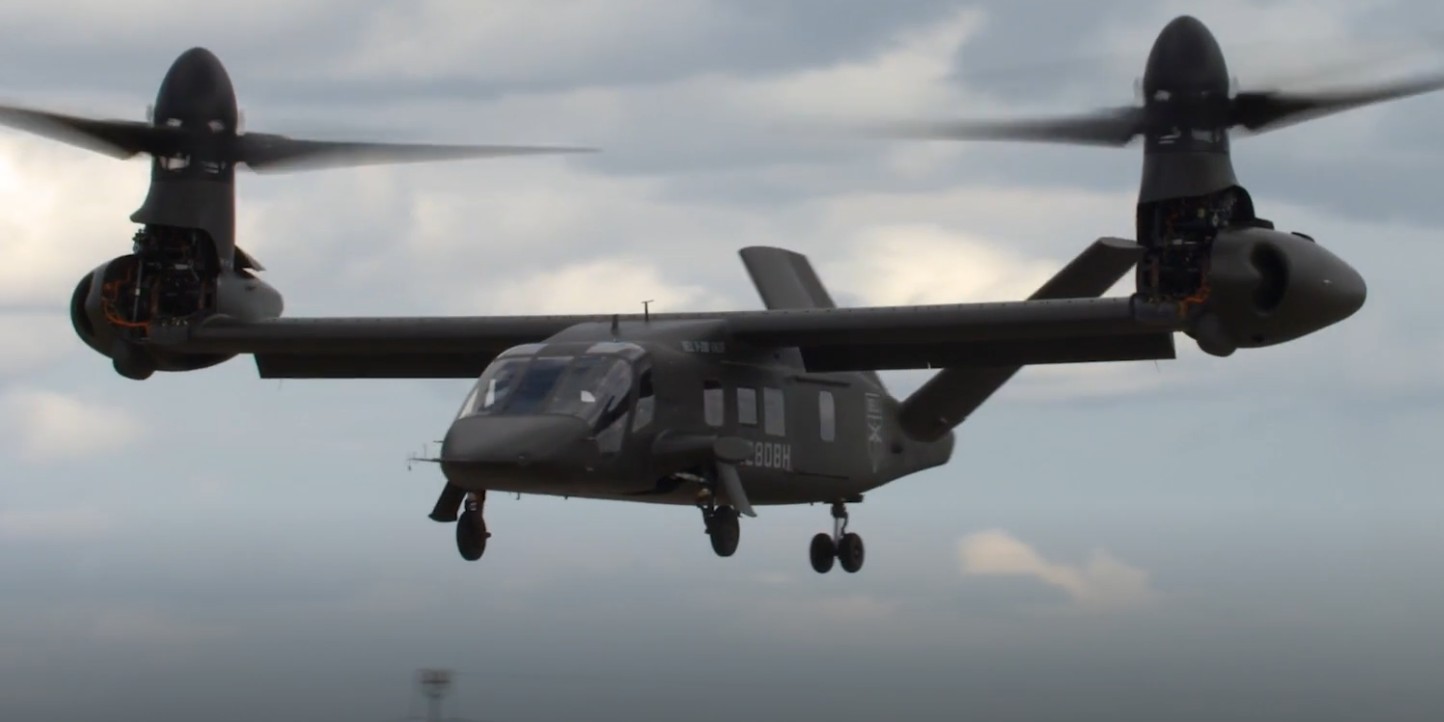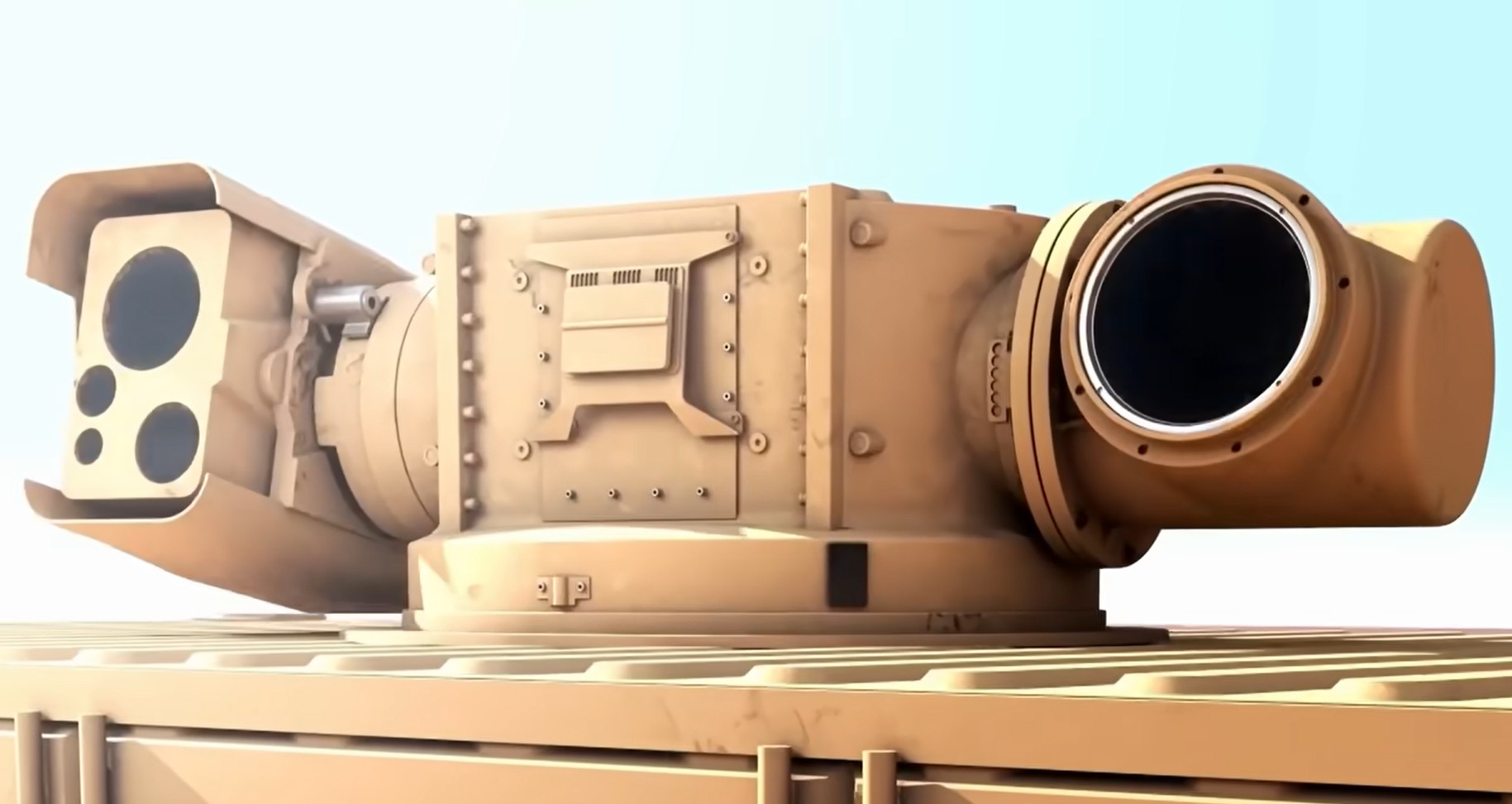One program that embodies the future of aerial warfare is Project Checkmate. This cutting-edge initiative aims to leverage advanced technology and strategic thinking to create a new era of dominance in the skies. Project Checkmate was first conceived in the early 2000s by a group of military strategists and aerospace engineers. Faced with the increasing complexity of modern warfare, they recognized the need for a new approach to aerial combat. Their aim was to develop a system that would enable the rapid and decisive defeat of any enemy in the air.
At its core, the Project Checkmate is centered around the concept of overwhelming superiority. The goal is to create a force multiplier that combines advanced technology, unmatched situational awareness, and highly skilled personnel to dominate the battlefield.
Read also: French Air Sensation conquers the World’s Market: The Rafale
Key components include:
- Advanced Sensors: The program incorporates state-of-the-art sensors and radar systems that provide unparalleled awareness of the aerial environment. This allows Checkmate operators to detect and track enemy aircraft with unmatched precision.
- Stealth Capabilities: The initiative invests heavily in stealth technology, ensuring that Checkmate aircraft can operate undetected by enemy radar systems. This provides a significant operational advantage, allowing for surprise attacks and increased survivability.
- Networked Warfare: Project Checkmate puts a strong emphasis on network-centric warfare. By seamlessly integrating various platforms and systems, Checkmate forces can exchange information in real-time, enabling rapid decision-making and coordinated actions.
Read more about The Checkmate
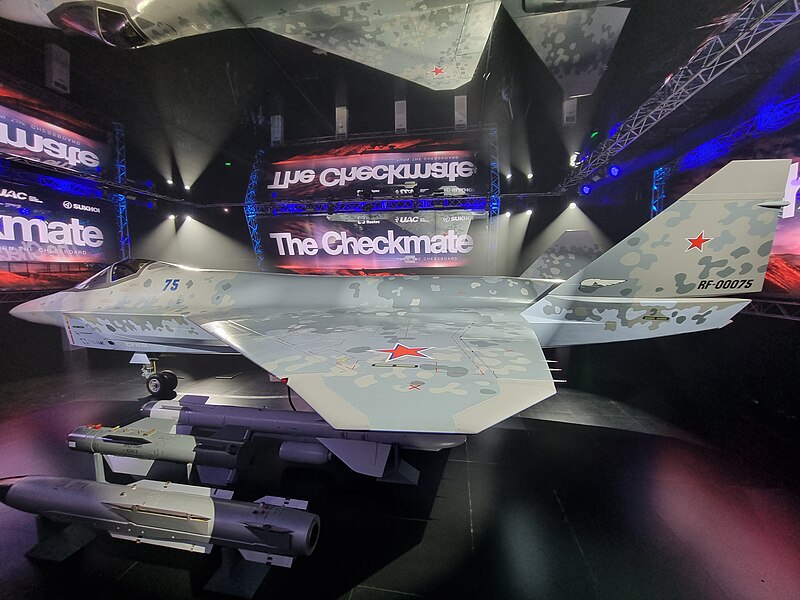
The implementation of Project Checkmate has the potential to revolutionize aerial warfare. By combining advanced technology, superior tactics, and highly skilled personnel, Checkmate forces can tip the scales of any conflict in their favor. Checkmate operators can effectively neutralize enemy aircraft before they even have a chance to react. This level of domination in the air can have a significant impact on the outcome of a battle, enabling ground and naval forces to operate with a higher degree of safety and confidence.
